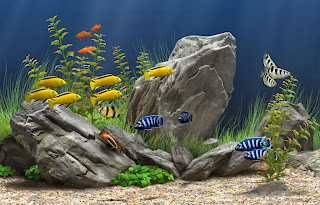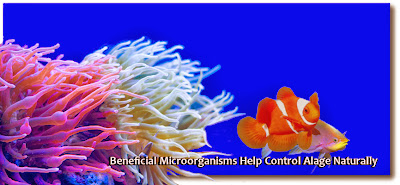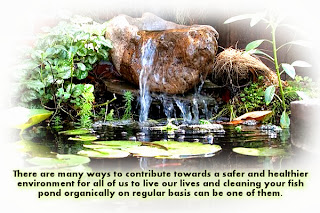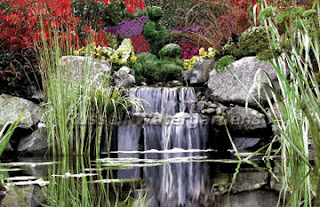The Correct Way to Establish a Freshwater Aquarium Environment
By Clifford WoodsAn aquarium can be an effective stress-reducing addition to your home or office. For some, it tends to provide this calm atmosphere as they gaze at the different fish gently weaving through this silent water world of color. Keeping a fish tank in your own home can be such a fantastic hobby that everyone can enjoy, so below we are going to provide you with a couple of tips and some useful freshwater aquarium facts to help you get started.
Larger Aquariums Are Easier to Keep Up: This is a case where bigger is indeed better! Tiny aquariums are a bad idea for someone new to keeping fish. There are a great number of things to consider when keeping the water in your aquarium clean and ideal for life.
Smaller fish tanks have a tendency to spread the alterations in the water chemistry far too rapidly because of the small space they cover. This makes the error of margin very small. Therefore, trying to keep a small tank is not really suggested for the newbie.
Larger aquariums, on the other hand, usually disperse the changes in water chemistry over a substantial amount of water, so these types of alterations are essentially diluted, making it easier for the newbie to see and maintain the water chemistry balance.
Avoid Over-Crowding: Never try to pack a lot of fish into a small area. If you truly desire a large amount of fish in your aquarium, then the suggestion is that you purchase an aquarium tank that is about 50% larger in water volume that you anticipate you may need. Your local fish store can help you figure this out.
Otherwise, limit the amount of fish which you intend to raise. This really is very important, since you do not want to wind up with the possibility of losing all your fish in a single day, simply because you were not aware of the amount of space that your fish really need to survive well.
Maintain a Good Water Chemistry: Now, here is one of the most important freshwater aquarium tips; keeping track of the different amounts of harmful particles and the chemical make-up of the water.
There are four basic factors that you must monitor when preserving your aquarium. Nitrite, nitrate, (yes, they are different) water's pH levels, and ammonia.
- Nitrites are rather harmful and need to be kept at a low level to support underwater life. Nitrates are a great deal less poisonous and are the result of algae breaking down nitrites and ammonia. However you cannot have an excessive amount of them in your aquarium either.
- Water pH levels involve the alkalinity and acidity levels of the water and are mainly managed by using the right base for your aquarium.
- pH levels are handled by your filtration device, although they are most effectively maintained by manipulating the compounds in the water which make the levels climb or drop.
- Ammonia is helpful only at the beginning of the start-up cycle. In various instances it is rather poisonous, and at higher amounts it can be deadly to your fish.
Additionally, you have to replace the water in the tank regularly. You only need to remove about twenty percent of the total amount of water, with the help of a siphon, and replace it with clean water. It may be a good idea to purchase an algae scraper to get rid of any build up.
If you want to use a solution to aid in the removal of algae, choose an organic product that contains beneficial microorganisms which will eliminate the algae and the cause of it while keeping your fish healthy and safe.
---
Clifford Woods is the CEO of Effective Environmental Services and Organic Environmental Technology.
We brew Beneficial Microorganisms and offer Natural Organic Solutions


























